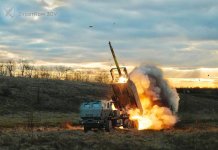Russia fired several missiles into Ukraine this week as part of its large-scale bombardment to destroy its critical infrastructure. At least one of those missiles was a Kh-55 nuclear-capable missile downed over Kyiv on November 17, according to Ukrainian reports.
The Strategic Communications Center of the Armed Forces of Ukraine (StratCom) said in a Telegram post dated November 18, “the orcs took at least one Kh-55 missile from their ‘nuclear arsenal,’ ‘unscrewed’ the nuclear warhead and replaced it with a dummy before firing it at Ukraine.”
Stratcom’s Telegram post was based on the claims made by a Ukrainian-based media outlet Defense Express, that a Kh-55 missile shot down over Kyiv on November 17 contained a “screwed-on” block that acted as a dummy imitator of a nuclear warhead.
The Kh-55 Nuclear-Capable Cruise Missile
The Kh-55 is a Soviet-era cruise missile developed in the 1970s and officially adopted into the service in 1983. Notably, the missile was manufactured in Ukraine.
It was based on the US BGM-109 Tomahawk cruise missile, nicknamed the ‘Tomahawk-ski.’ While it is an air-launched missile, unlike the Tomahawk, a surface/sub-launched weapon, it is similar to the Tomahawk in many respects.
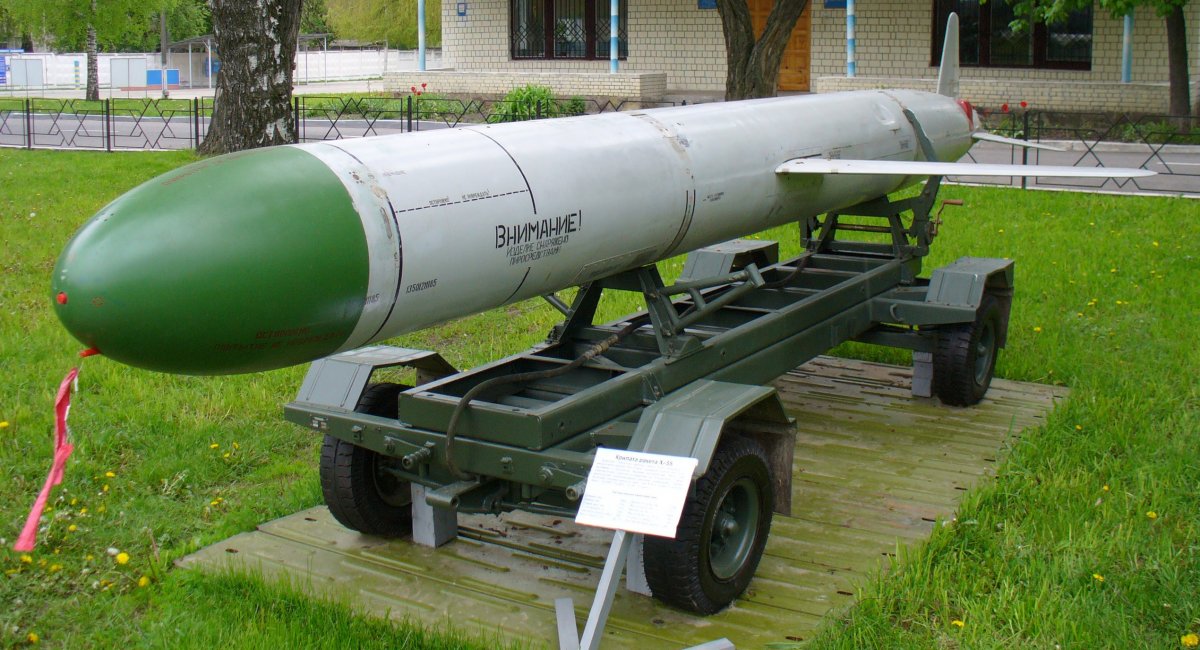
After the Soviet Union collapsed, Russia took over these missiles. Ukraine was also left with 1612 missiles, but in the late 1990s, many of these missiles were transferred to Russia. Currently, the Russian Aerospace Forces (VKS) remains the only operator of the Kh-55.
The Kh-55 was meant to carry a nuclear warhead with a blast yield of 50 kT, while some sources also suggest that the warhead has a blast yield of 200 kT. However, some reports suggest the VKS no longer uses this missile.
Instead, the VKS used a conventionally armed version of the Kh-55SM, called Kh-555, which had improved guidance systems and increased range and could carry a 400-kilogram conventional warhead. The warhead types used by the missile include high explosive, penetration high explosive, or submunitions warhead.
The Kh-555 was tested in 1999 and adopted by the VKS in 2004.
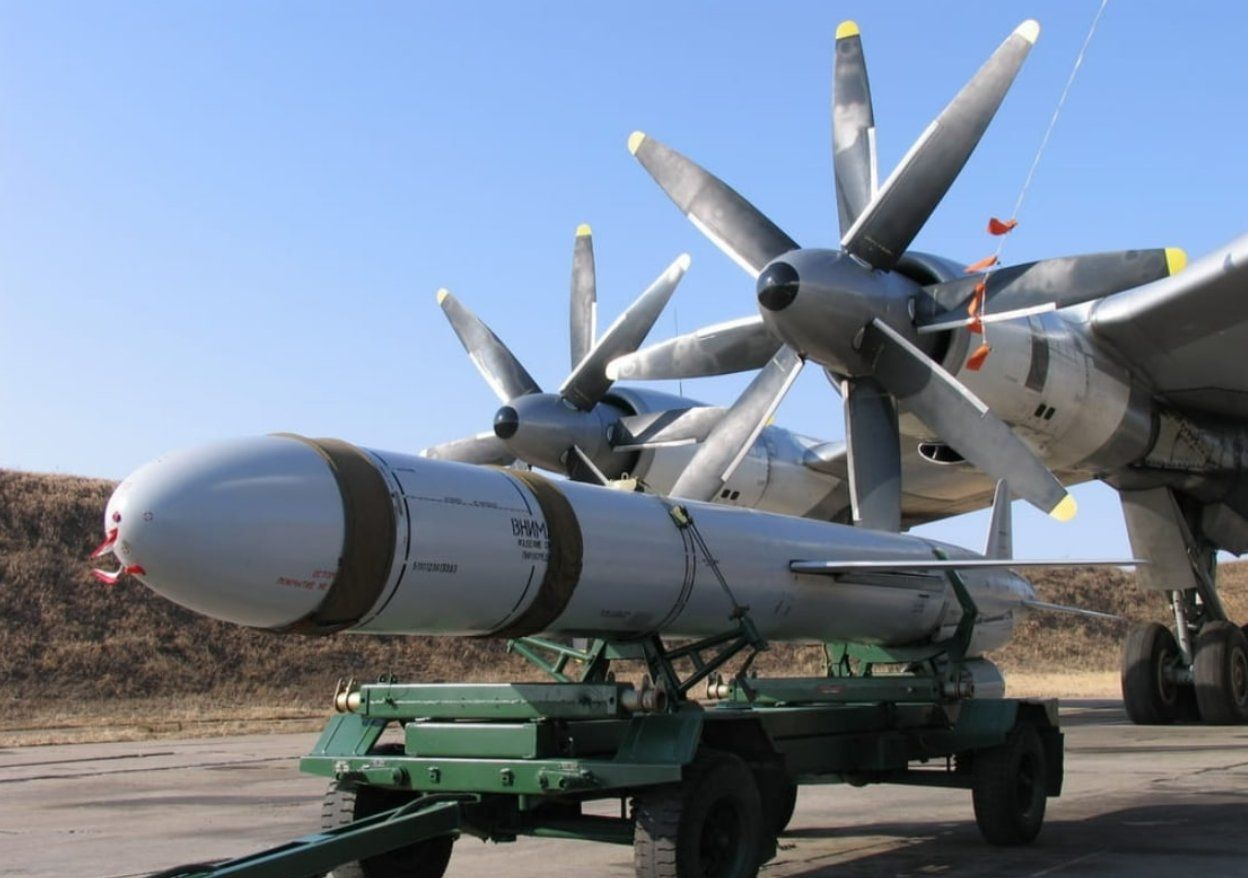
According to Defense Express, the missile in question was the nuclear-capable Kh-55, which, as stated earlier, is largely believed to be no longer in use.
Defense Express explained that conventional and nuclear warheads are structurally different and, therefore, easy to recognize. However, the Kh-55 that was downed in Kyiv contained neither a nuclear nor a conventional warhead but a dummy warhead.
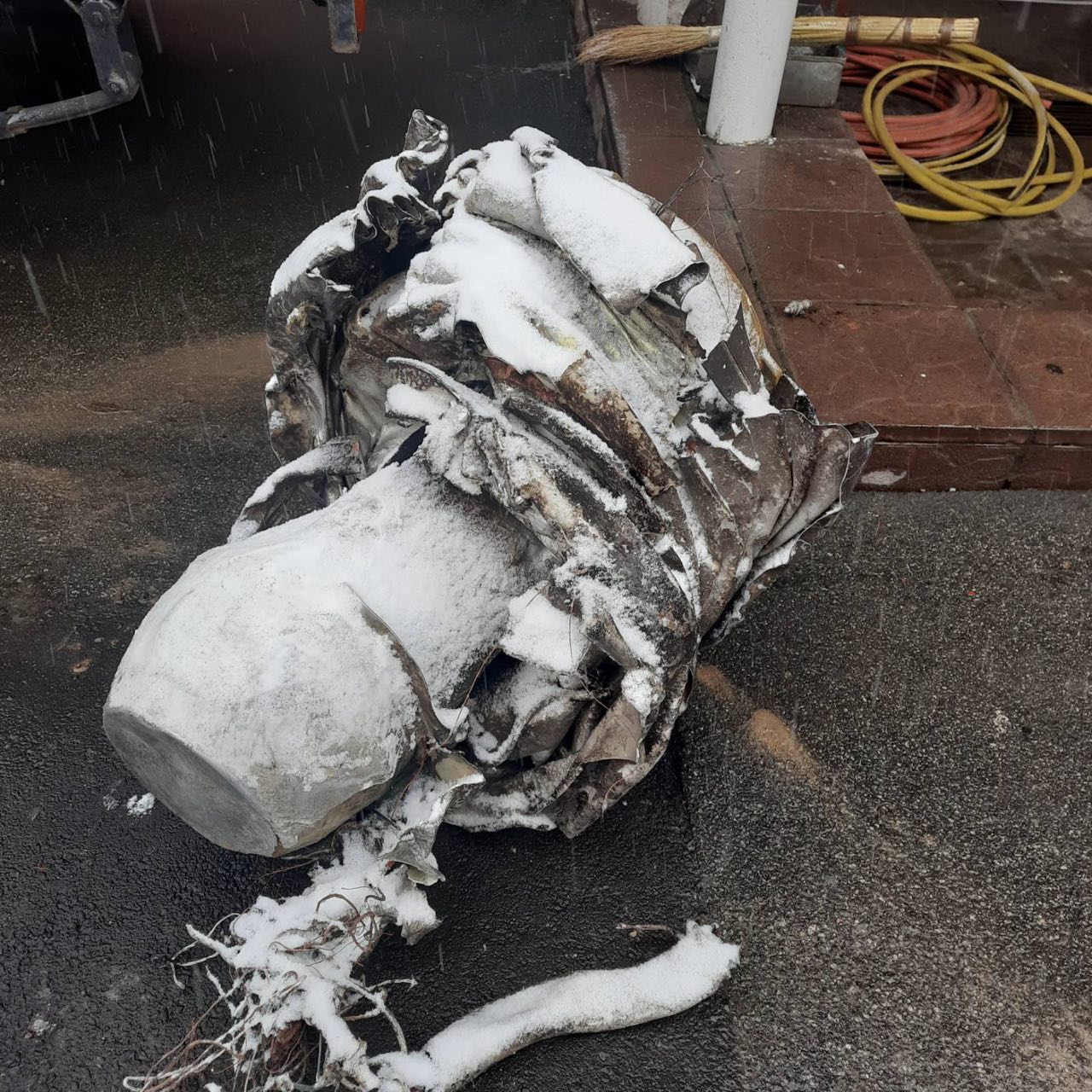
The Ukrainian media outlet suggested that perhaps the Russian military was running low on stocks of conventional Kh-555 missiles and decided to use the Kh-55 instead or that the unarmed Kh-55 was simply used as a less-expensive decoy to misguide the Ukrainian air defense systems.
Russia Hinting At Possible Use Of Nuclear Weapons?
Meanwhile, Western media reports suggest that the use of the Kh-55 nuclear-capable missile could also be Moscow’s attempt at nuclear signaling to the West, considering President Vladimir Putin’s bellicose rhetoric since the onset of the Ukraine war in February.
Since the beginning of Russia’s special military operation in Ukraine, there has been widespread speculation that President Putin could resort to nuclear weapons in Ukraine if the ongoing war does not go well for Russia.
Of late, concerns about the use of nuclear weapons have increased manifold following the withdrawal of Russian forces from Kherson city in southeast Ukraine, as Kyiv and its Western partners may soon be faced with a decision on whether to mount a full-scale assault against Russian forces in Crimea.
In the past few months, battlefield gains in the south and east of Ukraine may have made Kyiv confident that its forces could retake the Crimean Peninsula, a red line for Russia.
The Russian Black Sea fleet has been based at Sevastopol, the largest city in Crimea, and a major Black Sea port, since 1783, when the Turks ceded control of the peninsula. After the fall of the Soviet Union, Crimea was the only Ukrainian region with a majority of ethnic Russians.
An independent poll in 2018 conducted by Levada Center found that 86% of Russians in Crimea backed the peninsula’s annexation in 2014. President Putin calls Crimea an “inseparable part of Russia.”
Also, Deputy Chairman of Russia’s Security Council and Former President Dmitry Medvedev said an attack on Crimea would bring “Judgment Day.”
Strategic And Tactical Nukes
As EurAsian Times has discussed before, the risk in Ukraine is not the use of giant “strategic” nuclear weapons but “tactical” nuclear weapons with smaller warheads that will cause localized devastation.
Strategic nuclear weapons break the enemy’s will by destroying its capacity to wage war by targeting strategic assets such as essential cities where a country’s top leadership is based or key manufacturing locations, sources of raw materials, stockpiles, transportation, communication systems, etc.
Whereas tactical nuclear weapons are deployed to make swift battlefield gains against opposing forces, and therefore they are limited to the area of military operations.
The two weapon types also differ in terms of delivery systems. Strategic weapons are delivered using long-range missiles, whereas tactical ones are deployed using shorter-range delivery systems such as artillery, short-range ballistic missiles, cruise missiles, or aircraft.
The size of the nuclear warheads of these tactical weapons can range anywhere between 1 kiloton or less – equivalent to a thousand tonnes of the explosive TNT – and 100 kilotons.
The air-launched Kh-55 can carry a nuclear warhead with a blast yield of 50kT, so it could very well be used by the Russian military in case it decides to use tactical nuclear weapons in Ukraine.
Russia can use tactical nukes to blow deep and wide holes in Ukraine’s defenses by destroying key targets such as airfields or critical staging areas.
Also, it may be difficult for the US or NATO to even detect the preparations on the Russian side for a nuclear attack because many of the weapon systems being used by Russian forces in Ukraine, such as land-based Iskander missile, ship or submarine-launched Kalibr cruise missiles or even the conventional artillery systems such as the “Malka” self-propelled gun are “dual-capable,” which means they can deliver conventional and nuclear weapons.
There are varying estimates of Russia’s arsenal of tactical nuclear warheads. A most recent estimate by experts from the Federation of American Scientists (FAS) suggests that Moscow has approximately 1,912 tactical nuclear warheads assigned for delivery by air, naval, and ground.
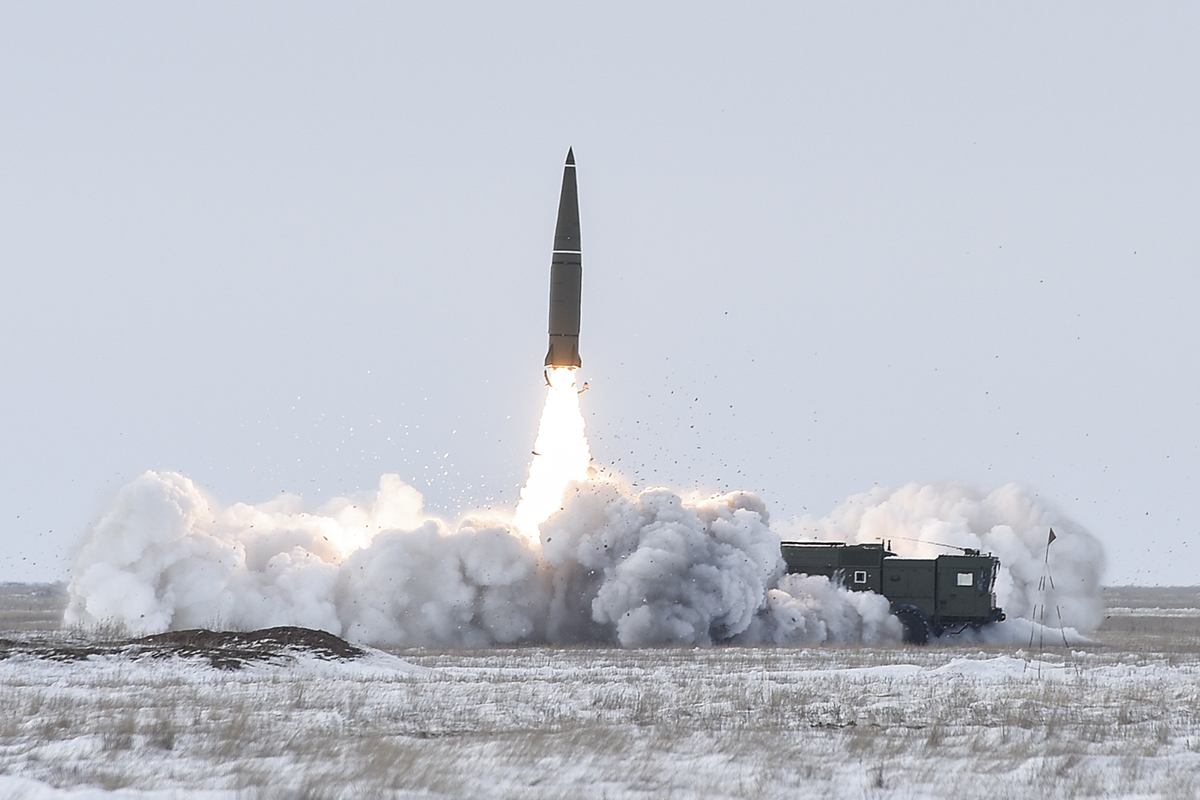
Out of these, authors calculate the Russian Navy maintains about 935 warheads. The Air Force may have roughly 500; the Army may have 70 warheads for short-range missiles and artillery; and some additional warheads for the dual-capable 9M729 intermediate-range missile.
Also, some 380 warheads may have been allocated to Russia’s air and missile defense forces.
- Contact the author at tanmaykadam700@gmail.com
- Follow EurAsian Times on Google News


